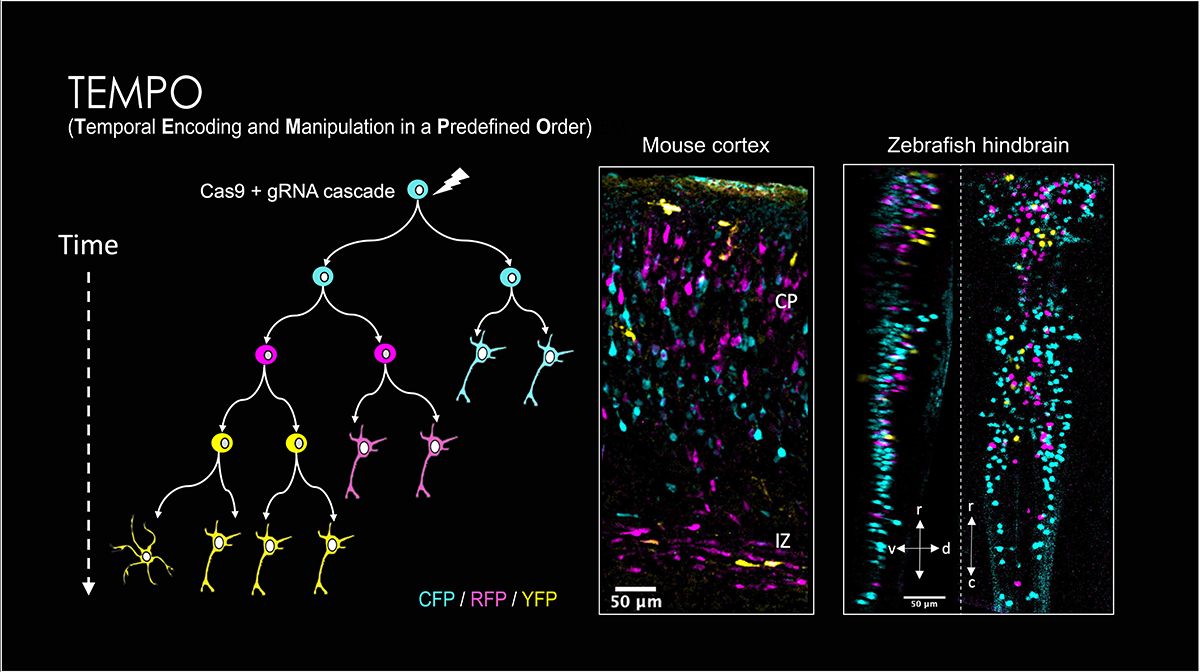Main Menu (Mobile)- Block
- Overview
-
Support Teams
- Overview
- Anatomy and Histology
- Cryo-Electron Microscopy
- Electron Microscopy
- Flow Cytometry
- Gene Targeting and Transgenics
- High Performance Computing
- Immortalized Cell Line Culture
- Integrative Imaging
- Invertebrate Shared Resource
- Janelia Experimental Technology
- Mass Spectrometry
- Media Prep
- Molecular Genomics
- Primary & iPS Cell Culture
- Project Pipeline Support
- Project Technical Resources
- Quantitative Genomics
- Scientific Computing
- Viral Tools
- Vivarium
- Open Science
- You + Janelia
- About Us
Main Menu - Block
- Overview
- Anatomy and Histology
- Cryo-Electron Microscopy
- Electron Microscopy
- Flow Cytometry
- Gene Targeting and Transgenics
- High Performance Computing
- Immortalized Cell Line Culture
- Integrative Imaging
- Invertebrate Shared Resource
- Janelia Experimental Technology
- Mass Spectrometry
- Media Prep
- Molecular Genomics
- Primary & iPS Cell Culture
- Project Pipeline Support
- Project Technical Resources
- Quantitative Genomics
- Scientific Computing
- Viral Tools
- Vivarium

Our goal is to understand how the nervous system and the cells of organs, specifically the pancreas, interact during development and in disease states. We use state-of-the-art imaging and genetic tools for temporal manipulation of cells in zebrafish and mouse.

Tissues and organs do not grow or function in isolation. Similar to the leaves of a tree, which are connected through a system of branches, the autonomic nervous system connects all the different organs of the body with the brain to regulate homeostasis. For example, the nervous system controls hormonal release from the endocrine pancreas and this is crucial for the regulation of glucose homeostasis. Despite the relevance of the nervous system-organ connection for the overall function of the organs in the adult, we still know very little about how the Nervous system-organ interconnection forms during development, and how innervation influences organ maturation. This knowledge gap –how the early Brain-Organ axis is established and maintained– limits our ability to explore the mechanisms by which innervation dysregulation contribute to disease.
Our lab will study how the nervous system and the cells of the organs, specifically the pancreas, interact during development and in disease states. We will use state-of-the-art imaging technologies and new genetic tools for temporal manipulation of cells in vivo (in zebrafish and mouse), to define the cellular origins and interactions underlying the development of the neuroendocrine system, which regulates lifelong glucose homeostasis. Moreover, the findings will guide engineering of more physiological in vitro 3D systems in which to better model health and disease conditions.
Our research directions include the following:
- Cellular origins and developmental timing of intrapancreatic neurons.
- Lineage progression and spatial distribution of endocrine and neuronal pancreatic precursors.
- Signaling mechanisms underlying the brain – pancreas interconnections.
In the long-term, we plan to extend these studies to other organs (e.g. liver, lungs) to determine multiorgan interconnections in vivo. As members of the new 4DCP area at Janelia, we envision to participate in a broad collaborative strategy to determine general principles of cell and tissue organization across systems.
We have opportunities for Postdoctoral researchers, PhD students, undergraduate students and visitor scientists.
For inquiries email: espinosamedinai@janelia.hhmi.org
